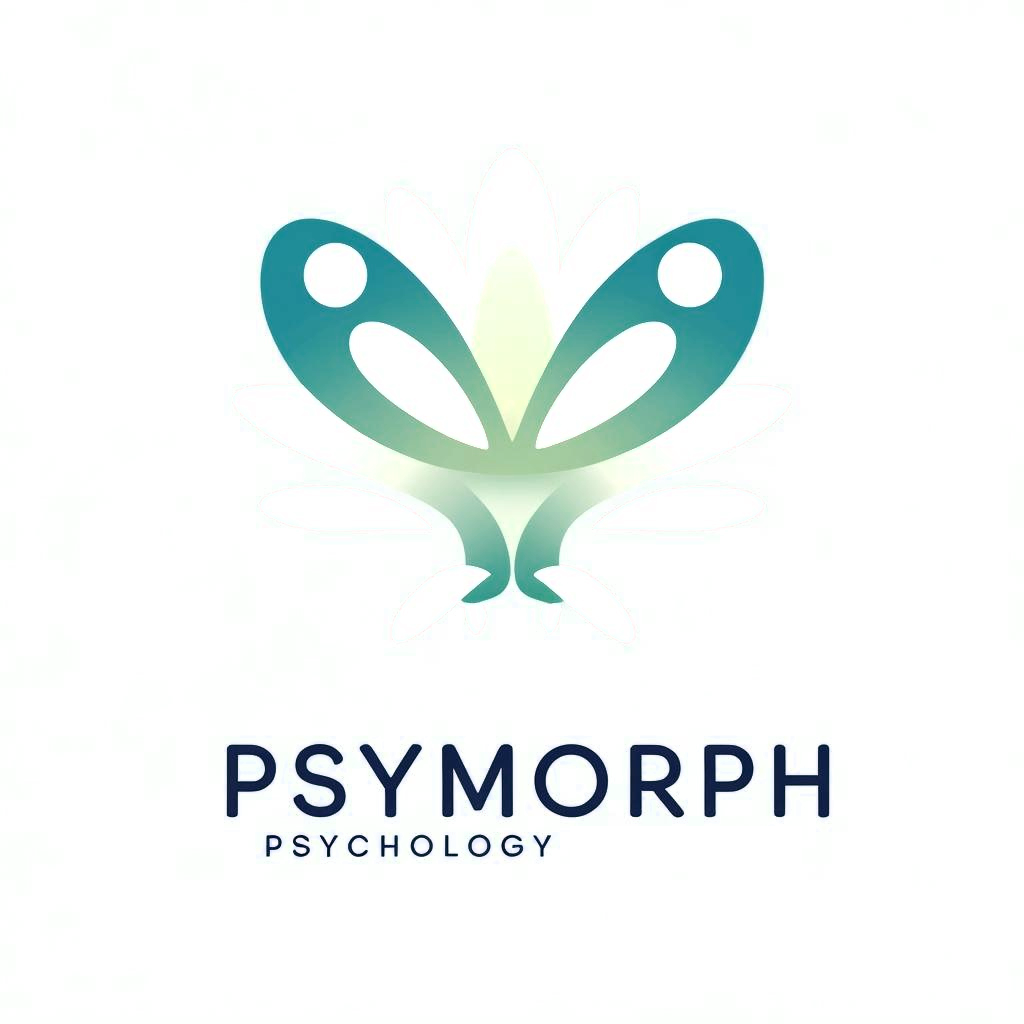Emotional Liberation: Beyond Meeting Our Needs at the Expense of Others
In our daily interactions, it’s easy to fall into patterns where our communication is driven by unmet needs — often leading us to prioritize our desires at the expense of others. This approach, though common, creates disconnection and conflict rather than understanding and mutual respect.
Marshall B. Rosenberg, in his transformative work Nonviolent Communication: A Language of Life, describes a profound shift known as emotional liberation — a stage where we learn to express our needs authentically while maintaining equal concern for the needs of others.
At the heart of Nonviolent Communication (NVC) is the understanding that every human action stems from an attempt to meet universal needs — such as belonging, safety, autonomy, or love. Emotional liberation begins when we recognize this shared humanity and stop seeing others as obstacles to our fulfillment. Instead, we communicate in ways that honor both sides of the relationship.
Emotional liberation doesn’t mean suppressing our feelings or neglecting our needs; rather, it’s about taking responsibility for our emotions, intentions, and actions. It’s the ability to say: “This is what I need,” without implying “and you must provide it.” It invites collaboration instead of coercion, empathy instead of judgment.
When practiced consistently, NVC helps transform our interactions — from workplaces to intimate relationships — into spaces of mutual care and growth. It teaches us that compassion and clarity are not opposing forces but partners in meaningful communication.
In essence, emotional liberation represents the highest form of human connection: one where authenticity and empathy coexist, and our relationships are no longer driven by fear or obligation, but by a genuine commitment to shared well-being.
Reference:
Rosenberg, M. B. (2015). Nonviolent Communication: A Language of Life – Life-Changing Tools for Healthy Relationships. Encinitas, CA: PuddleDancer Press.

